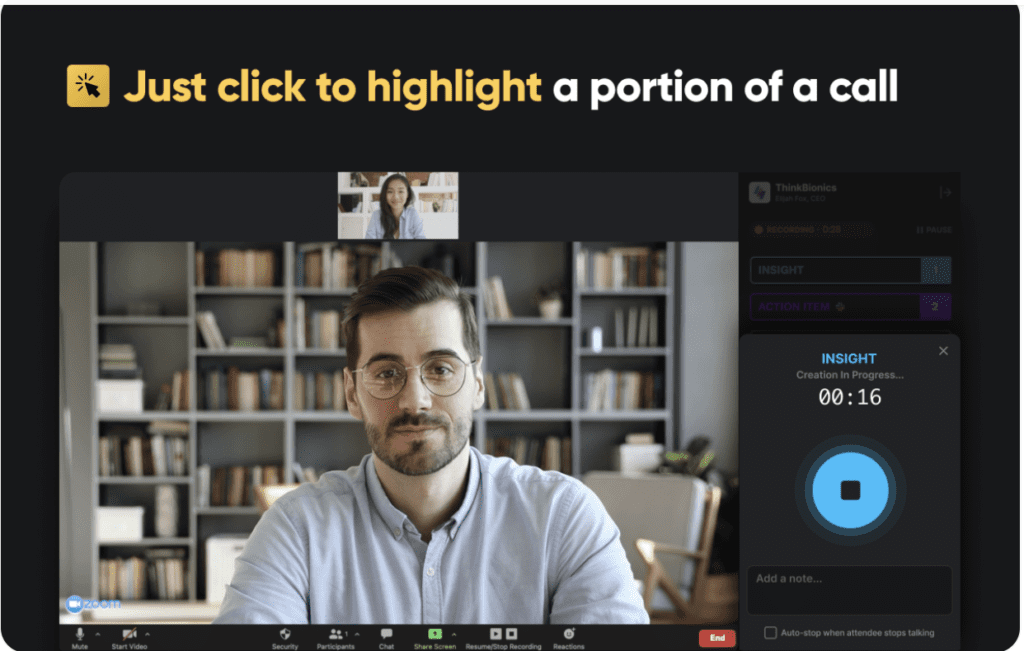Quitting a job has never been easier than in remote. No need to convince your significant other to move to another city, or even continent. No need to convince him or her to switch the job, too – or even give up an entire career. No need to take your kids out of their comfort place, school, and first friends in life.
Switching a remote job is becoming as easy as switching a Slack workspace.
Does that sound scary to you on the first read? If it does then you probably are, just like me, a founder or leader in a remote organization. But let me tell you something – it’s the single best thing that can happen to your company:
The lower the barrier to quit – the higher the incentives for the leaders to create a great place to work for everyone. And a great place to work is often creating a thriving business. It’s a win-win situation for everyone.
In order to identify guiding principles to build a thriving remote organization, let’s look at an organizational form, where the boundaries to leave or quit are literally 0, a place where your contributions are in many cases, even without any direct live interaction with your peers: the Open-Source Community.
Every day, millions of Open Source (OS) contributors dedicate a significant share of their time to projects, without ever having even jumped on a meeting with one of their peers. Are they crazy? No, not at all. They might sit in the co-work just right next to you, happy to chat and go for lunch.
I believe that the Open Source Software (OSS) community carries lots of interesting insights for remote leaders about how to create a thriving remote collaboration environment. Here is what inspired me in particular:
1. High hire-mission-fit is critical for remote collaboration
I couldn’t possibly imagine an organizational structure with a better alignment between the individual contributor and the long-term project mission than in OSS. Open Source contributors are entering (hiring themselves) the community through active contribution, without any initial incentive other than their passion for the greater project goal, and the outlook of being part of a like-minded community gathering around it. The closest any traditional company could come to this level of alignment between hire and mission would be when we would exclusively hire our own raving customers. Very hard to achieve at scale. Yet, especially in remote companies, a clear mission-fit is non-negotiable. In order to attract talent that has high alignment with your mission, we remote companies need to think more like OSS projects: Publish and distribute content about your mission, your customers, your culture, and your team to give applicants a transparent feel for your company. The building in public movement is inspiring, and we at tl;dv also thrive to do that more and more, as we believe that this is the best way to attract like-minded talent.
2. Transparent documentation & processes promote autonomy and independence
Writing code, reviewing code, creating content .. the possibilities of contribution in OSS are manifold. Open Source projects have to be designed in a way that each new member in the community is able to contribute autonomously. Each project, therefore, has clearly defined community principles, fleshed out documentation, as well as a very transparent collaboration system that enables individual contributors to trace back the evolution of projects, as well as the individual contributions of peers. Similar to OSS, successful remote companies thrive to design their documentation and workflows in a way that promotes the independence of their employees and transparency as much as possible. At first, this is quite a daunting task, but its impact on the speed of your team compounds over time, and with each new hire you´re making. We´re also still learning how to improve and maintain our documentation and processes. We recommend aspiring remote start-ups to kick off this process from day 1, it´s worth it! Some useful inspirations to get started are the Aula Brain, and obviously the GitLab Handbook.

3. Asynchronous communications
I´ve already touched on the well-thought-through documentation and processes in Open Source projects, but also the communication channels in Open Source Projects are mostly async-first. GitHub, Discord, dedicated Forums… most problems are resolved fully asynchronously. Might be a shocker for a few readers, but there are multi-million dollar companies thriving right now, which have never ever needed a single meeting. Boom. Puts things in perspective, right? It’s a great benchmark for any remote company and async should definitely mark the default mode of communication. A great rule of thumb could be that a meeting is needed when 3 back-and-forth messages cannot resolve the issue asynchronously. Most (99.9%) remote companies shouldn´t purely rely on async communications, as they are usually a more heterogeneous group of people, and generally slightly less engineering-heavy than the OSS community. More “traditional” remote companies consist of diverse professional backgrounds, a true melting pot of sales, HR, marketing, customer success, finance, and software engineering, where meetings are important to ensure emotional cohesion within the company. The majority of our communication is non-verbal, in the end. Some studies, such as the report by Minnesota State University even states that 93% of our communication non-verbal. Meetings are crucial for sparking and kicking off collaboration, researching, generating and insights, giving feedback, and driving business decisions. With tl;dv, you can introduce async-first meetings into your remote collaboration stack and strike the right balance.
So … the future of remote will look like OS?
I believe that more and more remote companies will get inspired by the processes and culture of Open Source communities. In the end, Open Source communities are already a highly proven organizational model for collaboration at scale.
Let’s put all the technical descriptions aside: Who doesn’t want to be paid for actually working on problems you actually care about solving, with people that actually care about these, too? 😉
The future is bright!






